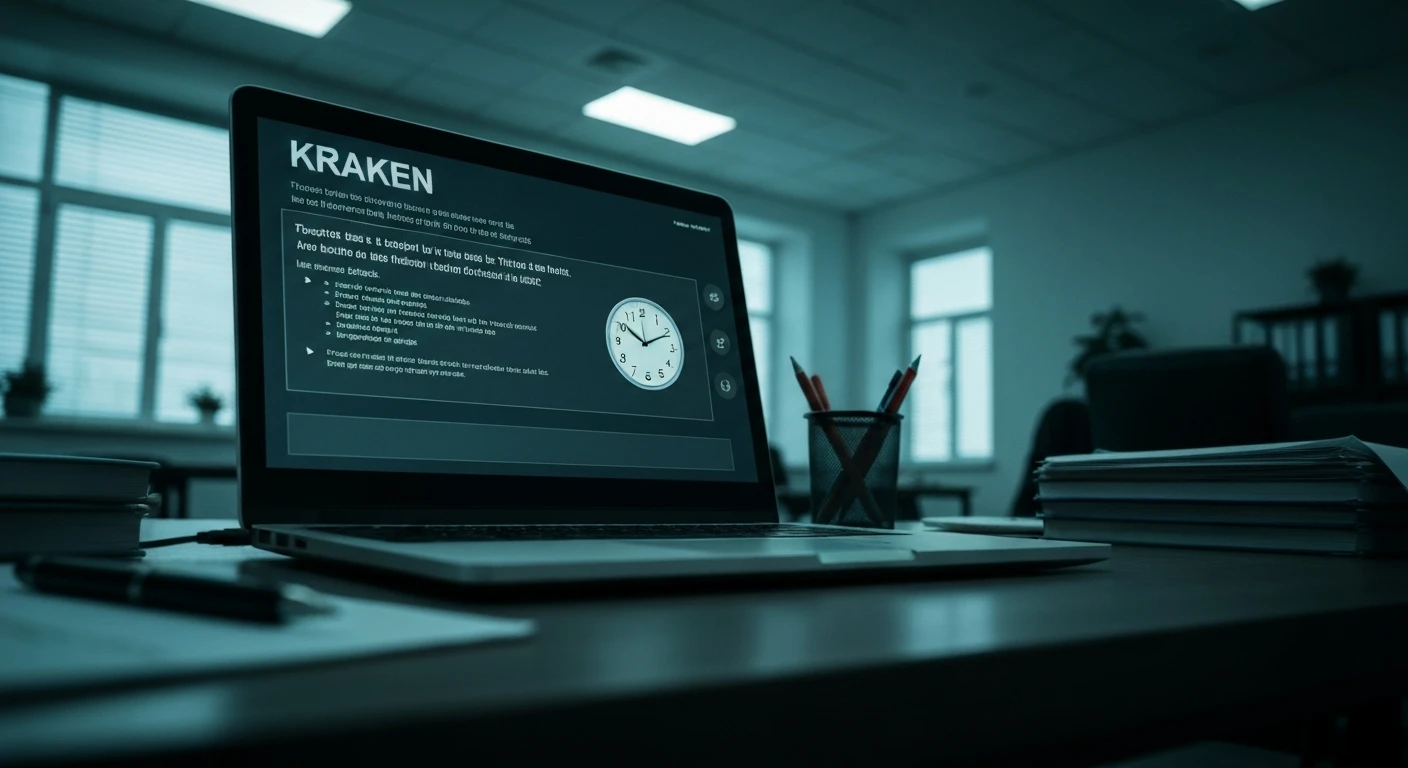In an era where cyber threats evolve at an alarming pace, a new ransomware operation has emerged as a formidable player in the digital underworld, striking fear into organizations across multiple continents. Known as Kraken, this Russian-speaking group has quickly gained notoriety for its sophisticated attacks, targeting enterprises in the US, UK, Canada, Denmark, Panama, and Kuwait. Rising from the ashes of the once-infamous HelloKitty cartel, Kraken has introduced innovative tactics that challenge conventional cybersecurity defenses. With a focus on big-game hunting and double extortion, their methods highlight a dangerous shift in the ransomware landscape, pushing the boundaries of how threats are executed and countered. This alarming development serves as a stark reminder of the urgent need for robust protective measures in an increasingly hostile digital environment.
Unpacking Kraken’s Sophisticated Attack Strategies
Innovative Encryption Techniques
Kraken’s approach to ransomware sets it apart through a calculated and highly technical methodology that maximizes damage while minimizing detection. One of the most striking features of their operation is a unique benchmarking process, where the malware evaluates a target machine’s encryption processing speed before locking files. This allows the group to tailor their encryption methods for optimal impact, ensuring system stability during the attack to avoid triggering alarms. Their cross-platform encryptors are designed to function seamlessly across Windows, Linux, and VMware ESXi environments, showcasing an advanced understanding of diverse systems. This adaptability enables Kraken to infiltrate a wide range of enterprises, regardless of their infrastructure, posing a significant challenge to traditional security protocols. The precision in their toolkit, which includes multi-threaded modules targeting SQL databases, network shares, and virtual machines, underscores a level of sophistication that demands heightened vigilance from defenders.
Tactical Execution and Double Extortion
Beyond their technical prowess, Kraken employs a meticulous attack chain that begins with exploiting Server Message Block (SMB) vulnerabilities for initial access, followed by extracting privileged credentials. The group often returns through Remote Desktop Protocol (RDP) to deepen their foothold, using Cloudflare for persistence and SSH Filesystem (SSHFS) for data theft. Their double extortion model adds another layer of pressure, encrypting critical data while threatening to leak stolen files unless a ransom—often around $1 million in Bitcoin—is paid. Victims are directed to communicate via an onion service, with ransom notes titled in a distinct format and encrypted files marked by a specific extension. This organized approach not only amplifies the financial stakes for targets but also exploits psychological fear, making Kraken a particularly insidious threat. The seamless integration of these tactics reflects a strategic mindset that prioritizes both efficiency and intimidation in their operations.
Kraken’s Roots and Evolving Role in Cybercrime
Connections to Historical Ransomware Operations
The origins of Kraken reveal a deep connection to the defunct HelloKitty cartel, providing insight into their rapid rise within the ransomware ecosystem. External reports and expert observations have noted similarities in ransom note filenames and direct references on Kraken’s leak portal, suggesting that this group is either a successor or a spin-off of the earlier operation. This lineage points to a transfer of knowledge and resources, enabling Kraken to build on past successes while introducing new innovations. The emergence of their underground forum, known as The Last Haven Board, further solidifies this narrative, as it claims support from former HelloKitty operators and a related exploit-buying entity. Such connections highlight how cybercrime networks adapt and reorganize after disruptions, creating resilient structures that continue to threaten global security. Understanding these ties is crucial for anticipating Kraken’s next moves and developing targeted countermeasures.
Shaping the Future of Ransomware Trends
Kraken’s impact extends beyond individual attacks, signaling a broader trend of increasing organization and adaptability among ransomware groups. Their ability to evolve tactics, such as benchmarking encryption speeds and leveraging cross-platform tools, mirrors a shift toward more calculated and impactful cyber assaults. This evolution challenges organizations to rethink their defense strategies, as traditional methods may no longer suffice against such dynamic threats. Experts emphasize the need for proactive measures, including strengthening credential hygiene, limiting exposure of remote services like SMB and RDP, and hardening backup systems to prevent data loss. Continuous monitoring for unusual tunneling or data access also becomes essential to detect early signs of compromise. As Kraken continues to refine its approach, it stands as a stark example of how ransomware operations are becoming more strategic, urging a collective push toward advanced cybersecurity resilience in response to these sophisticated dangers.
Reflecting on Kraken’s Lasting Impact
Lessons Learned from a Formidable Threat
Looking back, Kraken carved a significant mark on the cybersecurity landscape with its blend of technical innovation and ruthless strategy. Their use of benchmark-based encryption and double extortion tactics demonstrated a chilling efficiency that caught many organizations off guard. The group’s ability to target diverse systems across multiple continents revealed vulnerabilities that had previously been underestimated. By exploiting these gaps, Kraken forced a reckoning within the industry, highlighting the critical need for adaptive defenses. Their ties to past operations like HelloKitty served as a reminder that cybercrime evolves through shared knowledge, making historical analysis a vital tool for understanding current threats. Reflecting on these challenges underscored the importance of staying ahead through continuous improvement in security practices.
Moving Forward with Stronger Defenses
As the dust settled on Kraken’s disruptive campaigns, the path forward became clear for organizations aiming to safeguard their digital assets. Prioritizing robust credential management and minimizing exposure of remote access points proved essential in preventing initial breaches. Implementing resilient backup strategies ensured that data recovery was possible even after encryption attempts. Moreover, investing in real-time monitoring systems helped identify suspicious activities before they escalated into full-scale attacks. Collaboration across industries to share threat intelligence emerged as a powerful step to anticipate and neutralize evolving ransomware tactics. By adopting these measures, enterprises could transform past encounters with threats like Kraken into actionable insights, building a fortified front against the next wave of cyber dangers.













